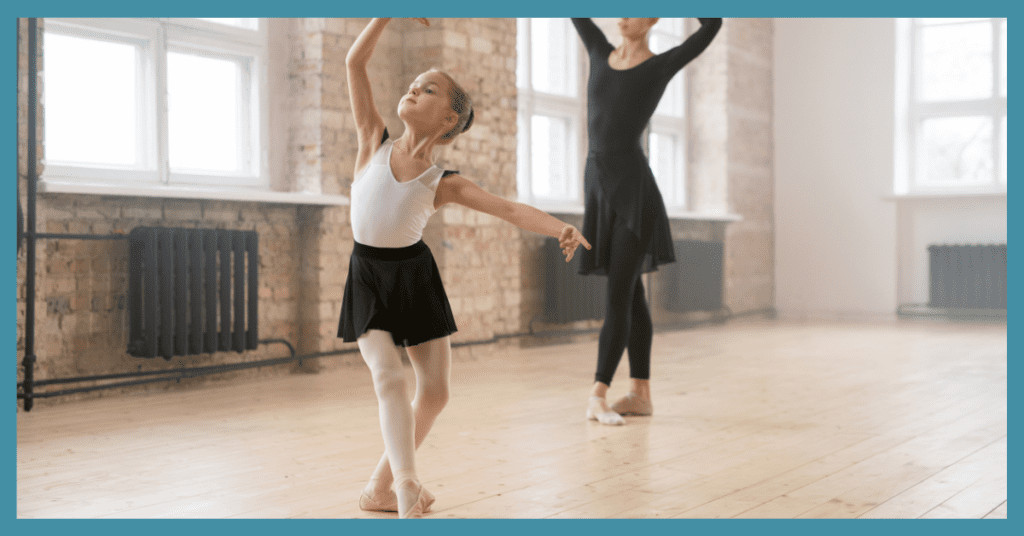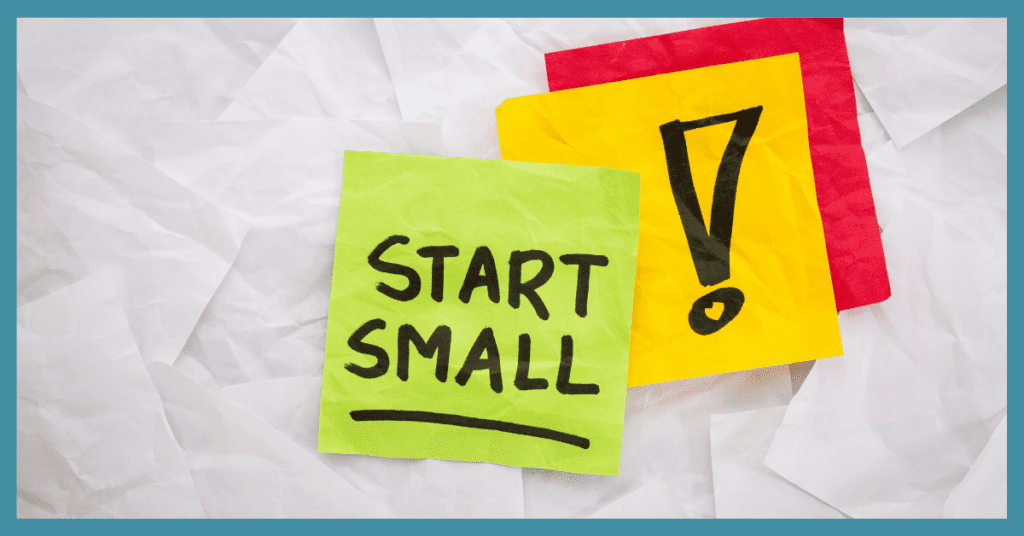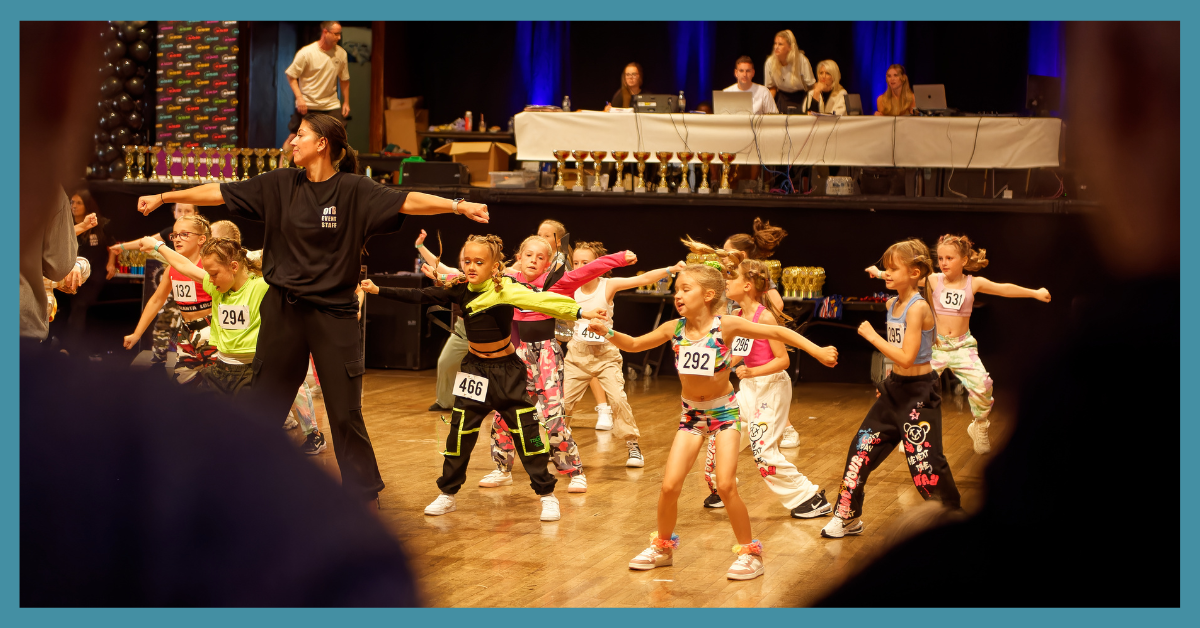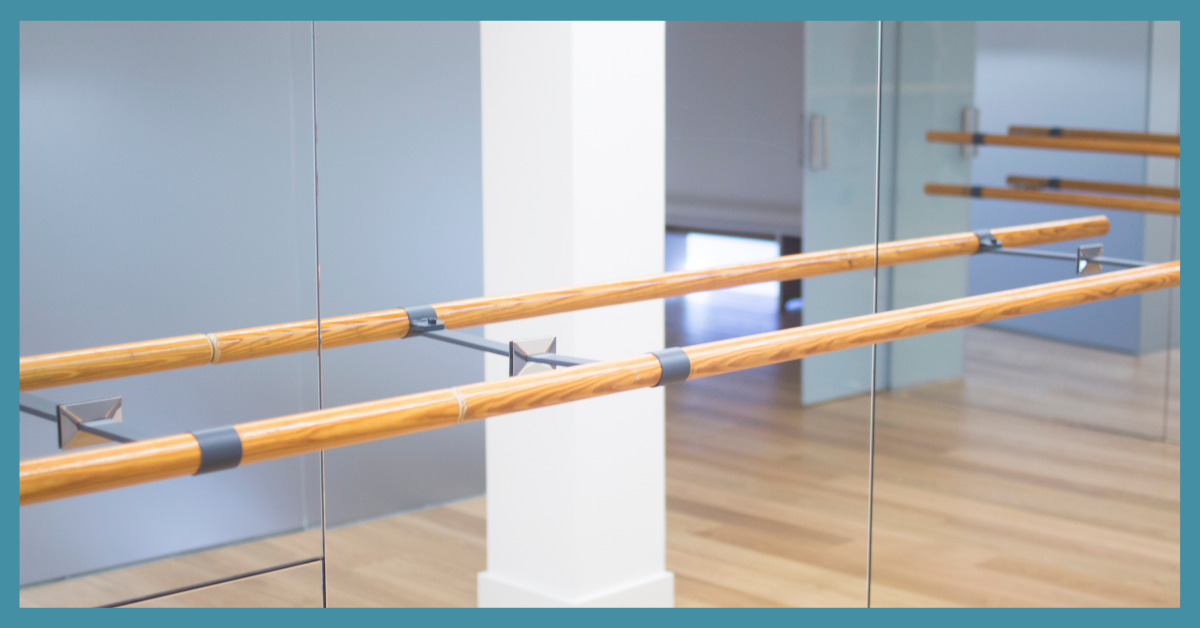Harnessing Marginal Gains: A Dance Teacher’s Perspective on Cultivating a Positive Mindset

Have you ever noticed how we’re all a bit guilty of setting sky-high goals, chasing after those dramatic, awe-inspiring results? In my 47 years as a dance teacher, I’ve seen this time and again. Dancers often dream of grand achievements like making it to the West End or winning the British Championship. Yet, these lofty ambitions can sometimes bring enormous pressure and, often, deep disappointment when things don’t pan out as hoped. This is where understanding and embracing the concept of marginal gains in dance is so valuable for any dance teacher.
Looking back on my own path, which veered unexpectedly into teaching when I was just 17, I left the competitive dance world my friends were diving into. From the sidelines, I saw that despite their skills, they weren’t truly enjoying the journey. The slow pace of progress seemed to weigh heavily on them.
I’ve learned that in our pursuit of dance excellence, the approach of marginal gains is something to embrace wholeheartedly. When I was building my dance school, without even realising it, I adopted this method. With limited resources and knowledge, my progress was a series of small, steady steps. I wasn’t familiar with sports psychology, behavioural patterns, or even the term ‘marginal gains’, but I was already on a path seeking continuous, tiny improvements.
The real beauty of marginal gains is how it sparks a contagious enthusiasm—everyone begins to look for their own ways to improve bit by bit. This method allows us to make daily 1% enhancements in various aspects of our lives. These small gains might seem trivial short-term, but over a year, they accumulate into significant transformations. Whether it’s refining health habits, optimising practice strategies, or boosting team communication, these minor adjustments lead to major improvements.
A simple example from my experience is how I changed my record-keeping for private lessons. By spending just under a minute to jot down notes on a student’s progress, I dramatically improved how prepared I was for their next session. This small change not only enhanced my teaching but also gave my students a clearer understanding of their own progress.
These incremental improvements teach us that success in dance or teaching isn’t about grand, sweeping transformations. It’s more like a baby learning to walk: a result of countless small attempts, each one a step towards a larger goal. It’s vital to understand that your current direction is more important than your immediate results. Setting goals is crucial, but focusing too much on the end result can overshadow the journey, fostering a win-or-lose mindset that could significantly impact mental health.
The path to mastery in dance should focus on happiness and fulfilment. Goals are important, but they shouldn’t take away from the joy found in the journey itself. Don’t confine your enjoyment to a single achievement. The path you start on might not be the one you stay on, but every step is part of your unique dance story—just as my own path led me from competitive dancing to teaching and eventually running my own dance school.
Each step is unforgettable and uniquely yours, enriching the dance tapestry of your life with every move you make.






Responses